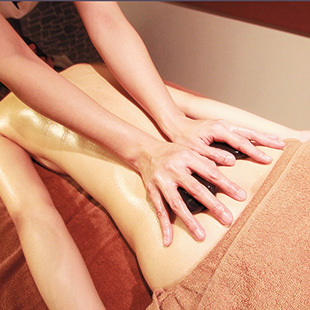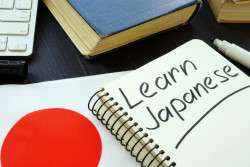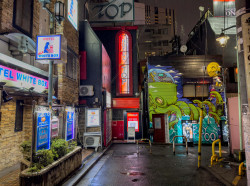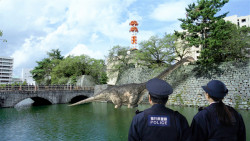
The mere mention of Hawaii may evoke soothing imagery of pristine waves crashing into white-sand beaches, as palm trees sway in the wind. The flowing motions of hula dances and narrative traditional music also complement the islands’ reputation as a haven of serenity and relaxation. Perhaps the soothing nature of Hawaii’s many allures can be attributed to the spirituality and culture behind them—and the islands’ massages are no different.
The Lomilomi massage is one unique to Hawaiian tradition. While it was brought to the islands by Polynesian settlers, Hawaii is where the massage evolved into both a modality of healing and a medical practice.

(Photo courtesy of Aulii)
The treatment process is distinguishable from most Western and Asian massages. Rather than focusing on isolated body parts, the Lomilomi is a holistic experience, focusing on the entire body at once. Moreover, practitioners incorporate their forearms, elbows, palms, and knuckles into the process, in addition to their hands and fingers; some even use stones that have been heated, which are then placed onto the back to create a sensation of relief.
Traditionally, people would perform Lomilomi on family members to provide relaxation and healing. As such, each family cultivated its own style of the massage; some variations were also unique to specific regions. As a spiritual medium, non-denominational chants and movements are incorporated into the process to fully embody “aloha”—a word that means “love” and “respect,” in addition to serving as a greeting; and, spiritually, represents the course of giving and receiving positive energy.
Eventually, the Lomilomi spread outside of the islands and gained popularity in countries as far away as South Africa and Australia. In its dispersal, the bodywork became less of a traditional ritual and more of a healing and relaxation massage, while still maintaining its characteristic use of the upper-body limbs and stones.
Needless to say, Japan’s love affair with Hawaii has resulted in its own rendition of Lomilomi gaining traction—surely, albeit slowly.
Akiko Kuramochi, massage therapist at the Hawaiian “healing salon” Aulii Spa in Nihonbashi, says that what she loves about her job is the connection Lomilomi allows her to have with people.
“By using my arms and elbows to give massages, there’s a stronger bond,” says Kuramochi with a smile.
Aulii’s spa-centric form of Lomilomi finds the customer being led into a partitioned area that’s pre-scented with a tropical aroma of the customer’s choice. After a brief relaxing foot bath, the customer then lies down on a massage table and receives an extensive massage based on their selected course—all performed with essential oils (if opted for), with the masseur or masseuse treating the entire body at once, allowing blood to fully circulate.
The massage is customizable, ranging from improving wellness, stress and fatigue relief, and pain reduction, to beauty and diet support. Facials are also on the menu, utilizing Lomilomi methods to moisturize and beautify the skin.
The hot stone treatment also hearkens back to traditional Lomilomi. Here, stones heated ti somewhere between 50 to 60 degrees Celsius are placed on the back, warming the body internally and ridding the body of fatigue.
While many spas cater predominantly to women, Aulii’s brand of Lomilomi continues to beckon a large male clientele—so much so that the spa has included men’s treatments on its menu.
Whether in the summer heat or during the winter months, the rejuvenating touch of Hawaii is always a hot stone’s throw away.
Aulii Spa. 4F Kyodo Bldg., 3-1-16 Nihonbashi, Chuo-ku. Open 1-9pm, daily; closed hols.
Tel: 03-3527-9734. E-mail: info@auliispa.com. Nearest station: Tokyo or Nihonbashi. www.auliispa.com/en







